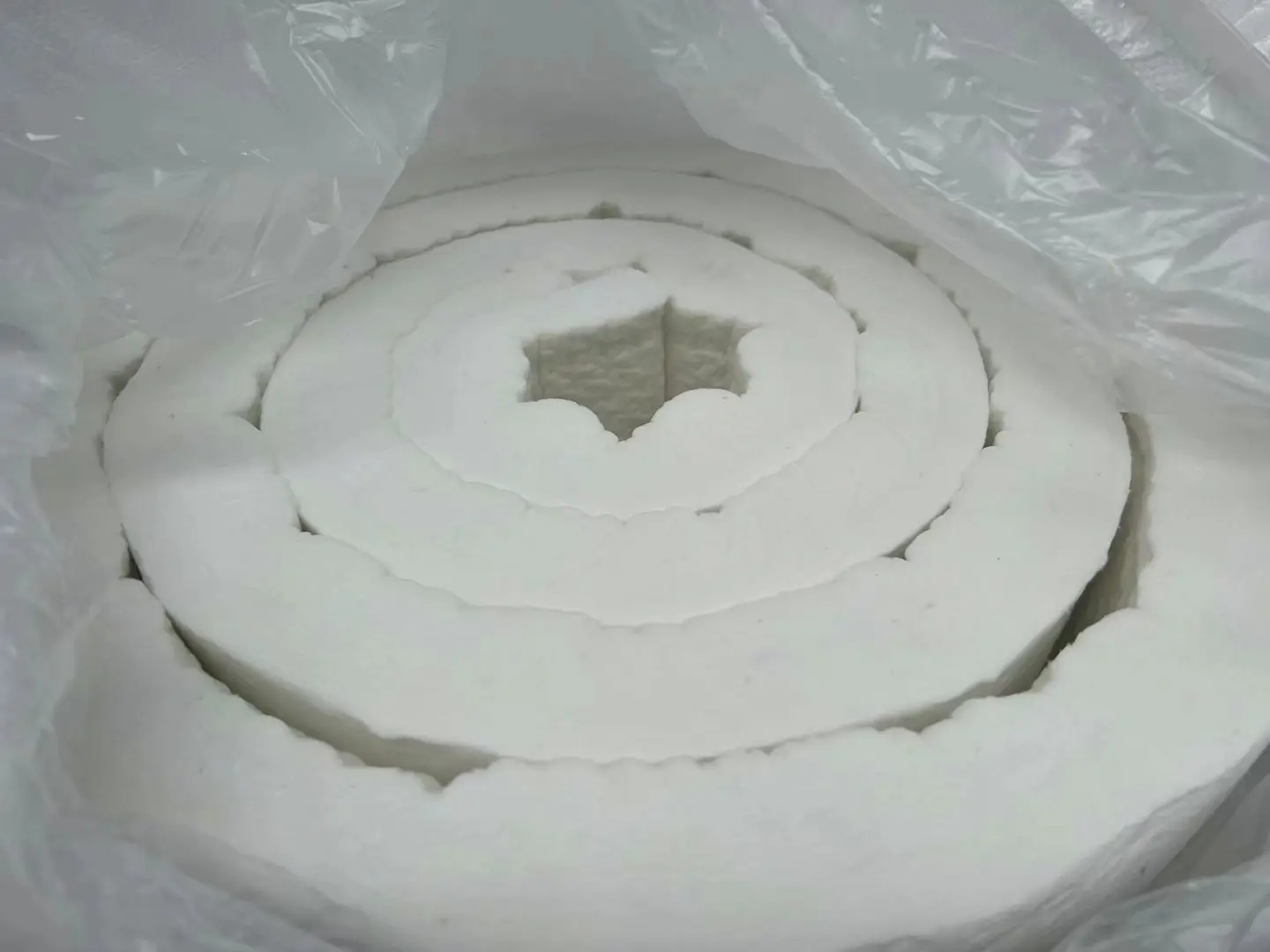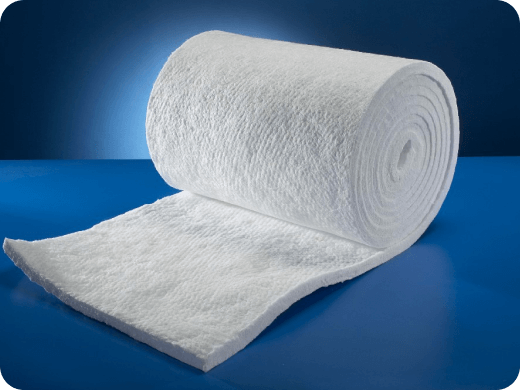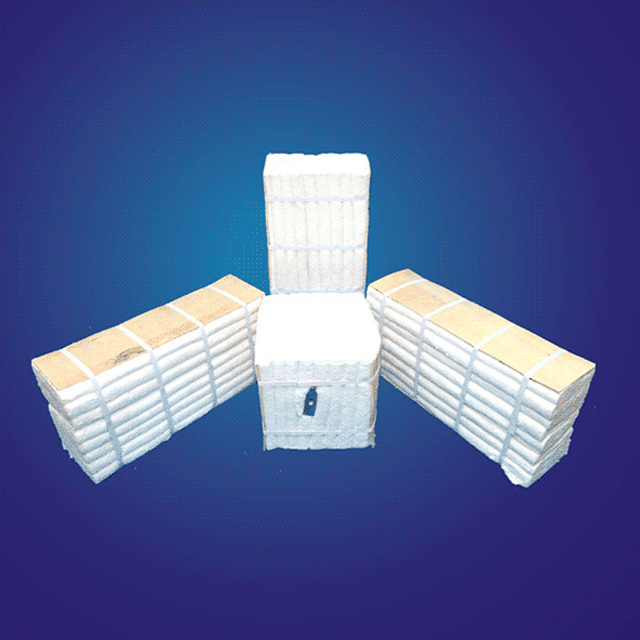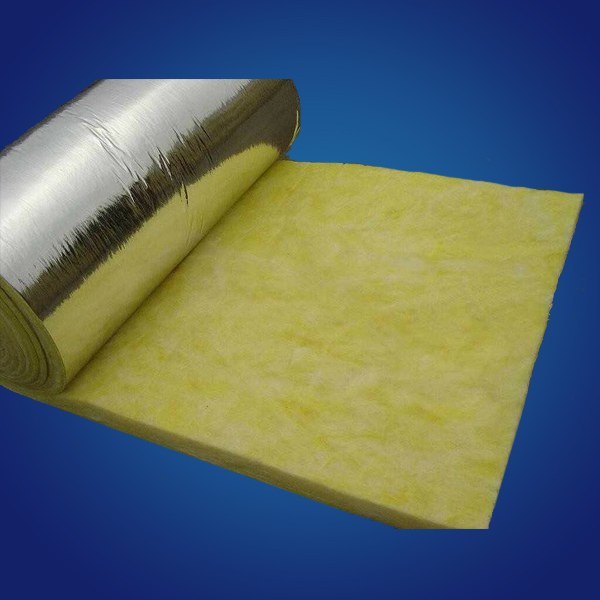Selecting the appropriate ceramic fiber blanket is crucial for achieving optimal thermal insulation and ensuring the longevity of your industrial equipment. Here’s a comprehensive guide to help you make the right choice:
1. Consider the Temperature Rating
Ceramic fiber blankets are available in various temperature ratings. Ensure that the blanket you choose can withstand the specific heat levels of your application. For example, if your application involves high-temperature furnaces, you’ll need a blanket with a higher temperature rating compared to one used for general insulation。
2. Evaluate the Density
The density of the ceramic fiber blanket directly impacts its thermal performance and mechanical strength. Higher-density blankets generally offer better thermal resistance and durability but may be less flexible. Common densities include:
- Low-Density (64–96 kg/m³): Suitable for lightweight insulation in low-stress environments such as kilns and ovens.
- Medium-Density (96–128 kg/m³): A balanced choice for most industrial applications, including furnace linings and boilers.
- High-Density (128–160 kg/m³): Ideal for extreme conditions where high mechanical strength and fire resistance are required, such as in power plants and aerospace applications.
3. Assess the Thickness
The thickness of the blanket affects its insulation effectiveness. Thicker blankets provide better insulation but may be more challenging to install in tight spaces. Choose a thickness that aligns with your insulation needs and the available space。
4. Check Thermal Conductivity
Look for ceramic fiber blankets with low thermal conductivity values, as this indicates better insulation performance. Lower values mean the blanket is more effective at reducing heat transfer。
5. Understand the Chemical Composition
Different chemical compositions offer varying levels of resistance to chemicals, corrosion, and thermal shocks. Ensure the blanket’s composition is suitable for the specific conditions of your application。
6. Ensure Fire Resistance
For applications where fire safety is a concern, check for fire resistance ratings or certifications to ensure the blanket meets applicable safety standards。
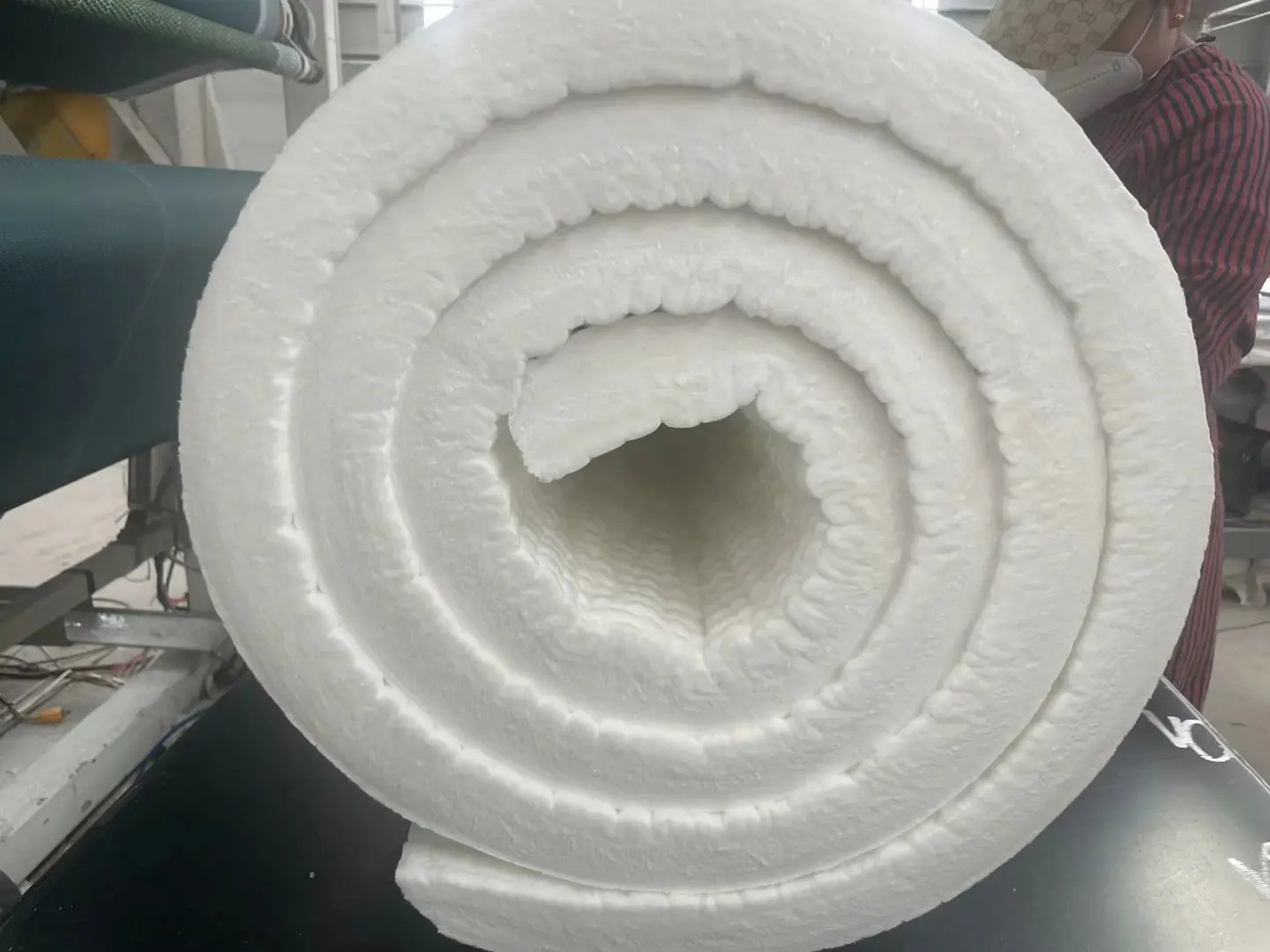
7. Consider the Application Type
Different applications have unique requirements. For instance:
- Industrial Furnaces and Kilns: Ceramic fiber blankets are used to line the walls and ceilings, providing excellent thermal insulation and reducing heat loss.
- Fireproofing: These blankets are used in fire protection applications to create fire-resistant barriers.
- High-Temperature Seals and Gaskets: Ceramic fiber blankets can be used to make heat-resistant seals and gaskets for equipment like boilers and exhaust systems.
- Pipe Insulation: They are used to wrap around high-temperature pipes in chemical plants, oil refineries, and power generation facilities.
8. Consult a Professional
To ensure you select the right
ceramic fiber blanket, it’s best to consult a professional refractory supplier or engineer who can provide expert advice tailored to your specific needs。
By carefully considering these factors, you can choose a ceramic fiber blanket that meets your application’s requirements, ensuring efficient thermal management and long-term performance.
